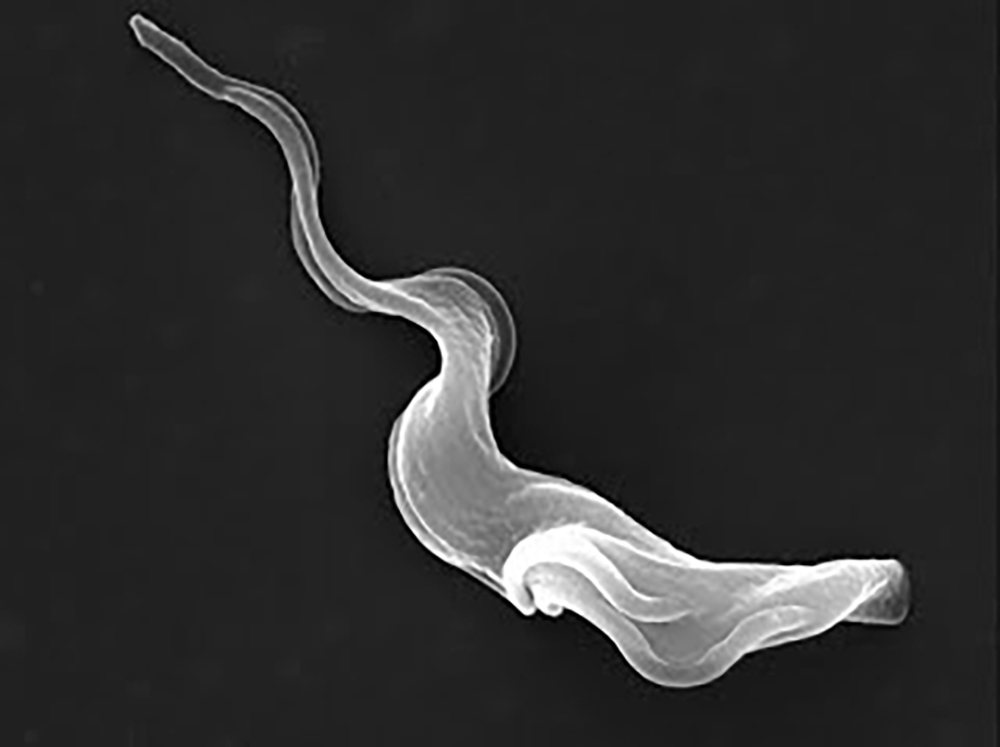New Technique Helps Identify Parasite “Switchers”
December 15, 2016
The Trypanosoma brucei parasite is well known in sub-Saharan Africa for causing a disease in humans called sleeping sickness. The disease is fatal if untreated, current drug therapies are very toxic and there is no vaccine. The parasite owes its success to its ability to evade the human immune system through a process called variant surface glycoprotein (VSG) switching, in which it regularly changes its surface protein so that the immune system can’t keep up with the production of antibodies to fight it.
A lot of research is focused on figuring out how the parasites regulate these switches, and, traditionally, the process of isolating the switched parasites for study has been arduous and time consuming. “It’s very hard to isolate them because there are so few of them,” says Assistant Professor of Biology Danae Schulz. “For every 100,000 or one million parasites, only one of them will have that different coat.”
In “Detection of Trypanosoma brucei Variant Surface Glycoprotein Switching by Magnetic Activated Cell Sorting and Flow Cytometry,” a recently published paper and instructional video, Schulz and her colleagues demonstrate a technique that makes it very easy to separate out those switched cells. The paper and video were published in the Journal of Visualized Experiments and illustrate the method, which uses magnetization. Borrowing a technique used in immunology, the researchers used magnetic beads attached to antibodies that match the dominant VSG in a given parasite population. They then coat parasites with the magnetized antibody. After that, the whole parasite population is poured over a column attached to a magnet. Parasites with the magnetized coat will stick to the column, and the parasites that have a different, or switched, VSG will flow into a collection dish, ready to be studied.
The process takes roughly three hours, a vast improvement on other methods: “In techniques used previously, you might have to infect an animal and then wait for infection to develop and then harvest parasites, or you might have to use some kind of drug selection that might take a week,” she continues. Schulz and her colleagues are hopeful that their technique will become more widely used. If it does, T. brucei may have to hang it up.
